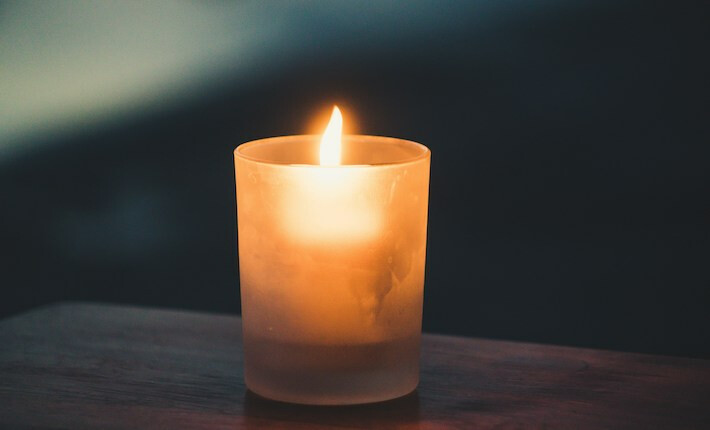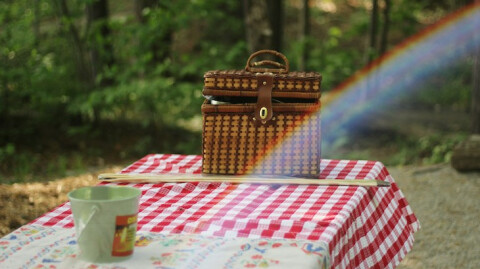I swear that I once saw a beaver in Beaver Brook. It was early in the pandemic and the family and I had all walked over to the grocery store. We decided it was safest if only one of us went in, so Andy took the risk, mask on, and the boys and I waited in the park. It was gray and cold, and the brook was running fast with snowmelt. There, just ahead of the bridge, was the large, brown, furry body swimming upstream. We ran to catch sight of it over the opposite railing. A friend who thinks himself a naturalist was skeptical: “Did you see the tail?” I know it was likely a muskrat; how long has it been since there were beavers in Worcester? Still, the boys and I hold onto our first hope, and imagine a Beaver Brook Park transformed into a pond.
Get a little farther out into the woods, and you’ll find beaver ponds, active and abandoned, throughout the New England landscape. These animals flood forests with their dams to promote the growth of the food they like to eat (water lilies, pickerelweed, and cattails) and to give them the environment where they feel most secure (water they can expertly swim in). According to ecologist Tom Wessels, “beavers are the only animals, other than humans, that will create entirely new ecosystems for their own use (100).” They are like us but not like us, in part because of how well they live in balance with the earth.
When Europeans first colonized New England, they began trapping beavers for their fur, and beavers became nearly extinct from the Northeast by 1850. Since 1940 they have re-established themselves throughout New England. Again, Wessels writes, “This is truly a story of success for the well-being of our regional landscape, because beaver activity fosters biodiversity through the array of habitats it creates (110).”
Beaver dams and ponds also provide direct benefits to human beings. Beaver dams help protect against flooding, by creating wetlands that can hold an enormous amount of water. Beaver ponds create flooding upstream, which prevents flooding downstream. Of course this can damage property or farmland in those upstream areas. But if we can create more land that we leave alone for beavers to manage, it can reduce flash flooding and benefit downstream, human communities.
Beavers are long-term thinkers. In the summer they eat their preferred aquatic plants. In the winter they eat the bark of specific trees of specific sizes. They build their dams near these trees and store the bark up inside to eat during the winter. When they have depleted all their favorite trees—even their least favorite, pine and hemlock—they abandon their lodge and move on to create a new pond somewhere else.
Here’s what we don’t know. Will there continue to be enough forest left alone for the beavers to move sites over generations? Over time, as the dams go unmaintained, the water seeps out of the pond into the surrounding countryside. The soil dries out and the trees regrow. Eventually the beavers’ favorite trees, the aspens and the cottonwood, are be healthy and strong once again. This regrowth can take up to 70 years.
To live in partnership with the beavers—with all animals—we will have to be patient. We will have to preserve wild spaces as they dry out from ponds to bogs, from wetlands to young forest, from new growth to wide, mature trees. We will have to leave enough space for wild things to live lives apart from us. We will have to bear witness to the beauty of the earth and work for its well-being. Over the course of decades, we’ll know if we’ve found enough balance to live in partnership with the beavers on this earth.
The patience needed to live in ecological harmony won’t be fulfilled in my lifetime. I will never see Beaver Brook park once again a home to beavers. The hope we plant now is a long-term hope, one that may come to fruition only after our lives are over. Christmas reminds us to cherish and nurture this hope with the actions we can take today. Even Jesus did not accomplish his mission in his lifetime. It takes all of us to carry that spirit forward, living lives of healing and care. Maybe a child born this Christmas will live long enough to see humanity live in balance with nature. We tell the story of the world we hope for, and ask that they may rejoice when they live to see what we have only dreamed of.




